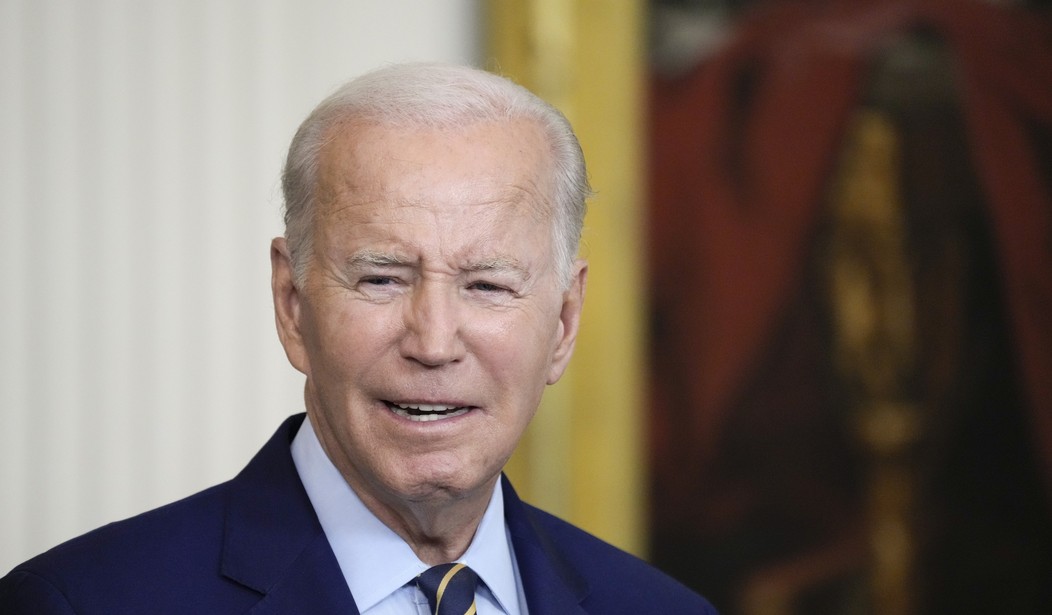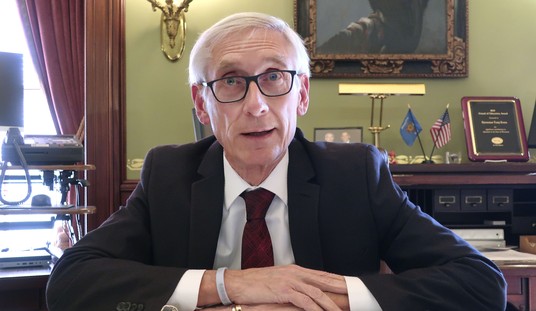Editor's Note: This column is co-authored by Timothy Nash, Daniel DeVos, and Thomas Rastin.
Milton Friedman famously opined: "inflation is always and everywhere a monetary phenomenon that is produced only by a more rapid increase in the quantity of money than output (goods, services, and/or assets).”
Milton Friedman
The 1976 Nobel Prize winner in Economics, Friedman is best known for establishing a strong correlation between excessive government spending and monetary policy, the over-stimulation of the economy and the economic expansions and contractions that followed.
Unfortunately, we are suffering from President Biden’s contrarian positions to the economics of Dr. Friedman. Recall, in late April 2020, Biden declared in an interview with Politico, “Milton Friedman isn’t running the show anymore.” Even earlier, during a fundraiser in September 2019 Biden asked a group of reporters “When did Milton Friedman die and become king.”
Biden’s U.S. monetary policy has driven price inflation on an annualized basis from 1.4 percent in January 2021 to 9.1% by the summer of 2022. The FED’s fallacy that inflation was “transitory” forced it to tighten the U.S. money supply rapidly beginning in March of 2022. The FED and U.S. Treasury believed higher prices were transitory and not problematic the way a good student of Milton Friedman’s would have concluded by the summer of 2021. Interest rates today are much higher largely due to excessive government spending, expansionary monetary policy, and an over-regulated economy. It has been a lack of attention to the principles of economics taught by Milton Friedman that has dramatically reduced average consumer purchasing power, while driving interest rates for automobiles, home mortgages and credit cards to recent highs.
Recommended
Today’s economy reminds us of the work of eminent economics scholar, Dr. V. Orval Watts, a friend of Milton Friedman. Watts was probably best known for his lectures on banking, the importance of loans and the three component parts of an interest rate, all extremely relevant again today.
Watts noted an interest rate is charged to a customer or borrower by a lender of credit or money. For the lender, it is the incentive or reward needed to loan money. For the borrower, it is the amount they are willing to part with or pay to gain cash or credit.
An interest rate consists of three parts. They are the time preference premium (TPP), the debtor risk premium (DRP), and the inflationary risk premium (IRP).
First is the time preference premium/TPP, or the original reason for loaning money.
Most economists would say the average TPP portion of an interest rate is between zero and two percent. It represents a borrower's time preference to have a good, service, or asset today, rather than waiting.
If a borrower’s time preference is zero percent, he or she is willing to wait to make a purchase.
Second is the debtor risk premium/DRP, which is inversely related to a customer's credit rating. Most economists would say the debtor’s risk premium portion of an interest rate is between a half percent and infinity. A person with a high overall credit rating usually pays a low DRP.
A person with a low credit rating inversely pays a high DRP. A poor history of late or missed payments means a person’s credit rating suffers and results in a higher interest rate on future loans. Fraud and other criminal activity also make attaining a loan more costly.
The third is the inflationary risk premium/IRP which correlates to the rate of inflation. As inflation increases, the IRP portion of an interest rate goes up, as does the overall interest rate. When inflation declines, so does the IRP and the general interest rate. Most economists would say the IRP, in theory, is between zero percent and infinity. Long periods of low to no inflation brought interest rates on thirty-year home mortgages below four percent and automobile loans at or near zero percent.
We now live in uncommon times. While the time preference for purchasing items on credit has changed little, that is certainly not true for many Americans’ credit rating and their inflationary risk premium. Numerous Americans credit ratings were damaged or destroyed by the Great Recession (2007 – 09) and the economic impact of the COVID-19 crisis. In addition, 2022 saw U.S. inflation peak at a near 40-year high.
As the FED increased the Federal Funds Rate to combat inflation in 2022, these conditions have made it more difficult for Americans to maintain a high credit rating and will continue to slow U.S. economic growth at least through the end of 2023 and into early 2024. Increasing inflation rates have meant higher loan costs for most Americans (higher still for those with declining credit scores).
Many Americans were not alive when the prime interest rate (the best rate banks charge) surpassed 20 percent in the early 1980s. Normally 30-year mortgages were fixed for the duration of the loan, due to inflation they were made variable. Lenders were losing money due to being paid an average 4 percent interest rate from home loans made decades ago while annual inflation was near or above 6 percent, resulting in a negative real or inflation-adjusted rate of return for the bank’s portfolio. These times were financially difficult, especially for savings and loans. Most of their mortgage loan portfolio was invested in mortgages paying 3 or 4 percent, while inflation was well above that for many years.
Our current economy will especially challenge bankers, automobile manufacturers, dealers, homebuilders, and consumers. For example, average monthly payments for automobiles will continue to be higher and over a longer period (72-84 months) due to a higher debtor risk premium in some cases and a higher inflationary risk premium in all cases.
As a result, consumers are purchasing fewer automobiles. Those who do purchase will have less money left over to spend on everything else. Savings rates are declining, economic growth is slowing, and unemployment will likely begin to increase in the second half of 2023.
Fitch
Like individuals, countries have credit ratings too. For the second time in its history, on Tuesday, August 1, 2023, Fitch Ratings cut the U.S. long-term foreign currency issuer default rating to AA+ from AAA. This action follows a “negative watch” warning on the United States’ rating in May. Fitch noted “the repeated debt-limit political standoffs and last-minute resolutions have eroded confidence in fiscal management” of the United States. The only other time Fitch downgraded U.S. credit rating to AA+ was during the Great Recession, while President Biden was Vice President.
Conclusion
According to the Federal Reserve Bank of New York, at the end of Q1 2023 U.S. consumer debt was at or near record levels in numerous categories. A June PRIMERICA report cited over one-third of Americans were using credit cards or dipping into their 401K’s to make debt payments, the latter incurring tax penalties.
The overall U.S. national debt is now $32.552 trillion – about $5 trillion more than when President Biden took office – and growing, indicating according to Fitch, a disturbing future trend. Our current U.S. national debt is 122 percent of GDP with the U.S. Congressional Budget Office reporting it will pass 200 percent by 2050 or sooner if our current level of government spending is not contained.
Strong credit and low inflation are the economic bedrocks of The American Dream…they must be maintained.
Dr. Timothy G. Nash is the director of the McNair Center at Northwood University. Dr. Daniel G. DeVos is CEO, Fox Motors, and Chairman of the Orlando Magic. Dr. Thomas Rastin is a retired business executive from Ohio.
























Join the conversation as a VIP Member